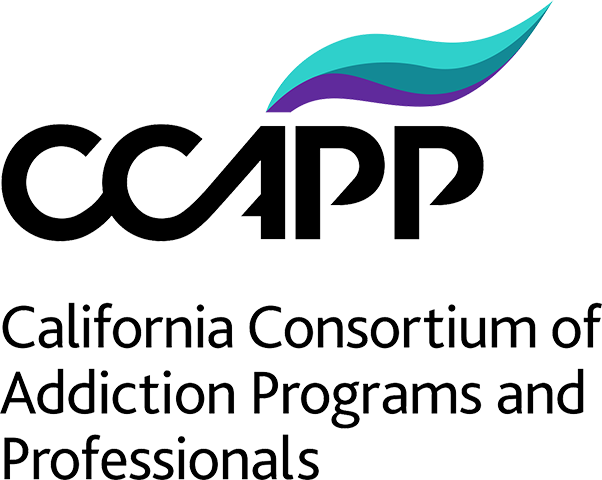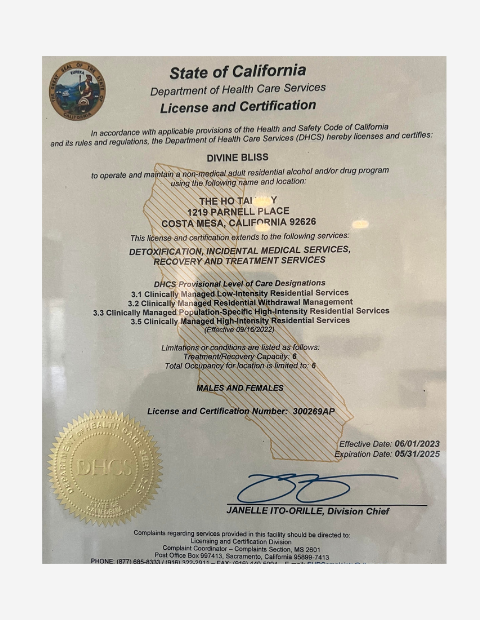Let us delve into the progressive timeline of alcohol withdrawal during alcohol detox. Learn more about the physical and psychological changes that people undergoing detox may experience, why and how alcohol withdrawal can be dangerous – especially without medical supervision – and gain a comprehensive understanding of the challenging journey to sobriety.
There is no drug as ubiquitous as alcohol. Even cigarettes, while legally available, have slowly become less and less socially acceptable in the West – meanwhile, alcohol remains ingrained in nearly every human culture. It’s no wonder, then, that approximately 65 percent of American adults have at least one drink a month, and up to 25 percent binge drink weekly (i.e., consuming more than the recommended amount of alcohol in one sitting).
Yet despite its deleterious health effects and immediate impact on the nervous system, alcohol’s most hidden danger rears its head only after a person quits drinking. Alcohol withdrawal symptoms are some of the most intense and most physically dangerous drug withdrawal symptoms because of the way alcohol affects the nervous system.
The severity of a person’s alcohol withdrawal symptoms depends on factors such as genes, sex, age, and the severity of the addiction (i.e. rate of daily alcohol consumption, over what period). Some people experience mild tremors, a terrible headache, and clammy skin for a few days before the majority of the physical symptoms wear off. Others can go through a week of hell and might even require a trip to the ER before it’s all over.
Related: How Long Does a Drug Detox Take?
Initial Symptoms of Alcohol Withdrawal During Detox
Detoxification is the process of letting the body eliminate the remainder of a drug still left in your system. Once alcohol hits the bloodstream, your liver, kidney, lungs, and spleen do all the work.
The liver takes care of about 90 percent of the alcohol in your body, while the remainder are flushed out through urine, breath, and sweat over the course of about 24-36 hours, depending on how much you’ve had to drink (your blood alcohol concentration), genetic factors, and the health of your kidneys and liver. Women tend to have lower levels of an enzyme that helps break down alcohol in the stomach, and may take longer to metabolize alcohol once it enters the bloodstream.
While it takes little more than a day to flush out alcohol, trace amounts can still be found in your saliva and sweat for some time – your hair is the last bastion, containing some amount of alcohol for as long as 90 days after your last drink.
The bulk of your alcohol withdrawal symptoms will occur in the first 24-72 hours. These symptoms range from mild to severe:
- Mild symptoms of alcohol withdrawal immediately after going cold turkey can include shivers, clammy skin, irritability, and nausea.
- Moderate symptoms of alcohol withdrawal include more severe shaking (also known as Delirium tremens), mood swings, nightmares or night sweats, inability to concentrate on anything, insomnia, and vomiting.
- Severe symptoms include heart palpitations, chest pain, shortness of breath, repeated bouts of vomiting, hallucinations, and seizures.
Alcohol withdrawal is serious, especially if you begin to experience hallucinations and are unable to go about your day due to nausea and pain. Go to a hospital or consider professionally monitored detoxification for a safe transition into sobriety.
The First Week
Once the initial wave of physical symptoms has ended, those that usually remain include irritability, mood swings, and other behavioral changes; appetite problems; sleep deprivation or insomnia; and dull headaches.
The most significant change from the early days, however, will be the onset of powerful cravings. Substance use disorders are defined by an inability to stop using despite multiple attempts – while the withdrawal symptoms themselves play a role here, it’s the cravings that cause the most relapses. In addition to cravings, you may also feel a heightened sense of anxiety and/or depression.
The First Month
The further you get away from the first week of withdrawal, the more benefits you will begin to experience as a result of giving up alcohol. While the cravings might remain, you will feel lighter, your sleep will improve, your brain fog will go away, and you will begin to feel less bloated, and less puffy.
Skin improvements can be dramatic after quitting drinking. Your mood will also improve past the first month – episodes of anxiety will become less severe, and you may feel less depressed the longer you stay sober.
The First Year
A year of sobriety is a huge milestone for many people who struggle with substance use issues. Physical symptoms of withdrawal are long gone at this point – even delayed onset symptoms start a week or two after quitting, at the latest.
The biggest challenge as time goes on is to maintain sobriety throughout life’s most challenging periods. For many people, alcohol use became a form of self-medication, or a way to escape pain.
Maintaining sobriety at that point becomes as much about learning to avoid your personal triggers, as it does about improving your positive coping skills and self-care abilities, surrounding yourself with a positive support network, nurturing healthy relationships with people, and practicing things like mindfulness and gratitude to avoid rumination, or reduce your day-to-day anxiety.
Why is Alcohol Withdrawal Dangerous?
Alcohol is classed as a depressant, with a similar effect on the body as a tranquilizer. The problem is that alcohol’s effects on the nervous system can cause a drastic and dangerous reversal during withdrawal. Once the body gets used to having alcohol in its system, a lack of it can cause a spike in blood pressure and heart rate, shortness of breath, and seizures. In the worst cases, unsupervised alcohol withdrawal can lead to death.
Alcohol’s effects on the body and brain can differ from person to person – some people have a stronger resistance to alcohol’s deleterious effects, while others are much more likely to struggle with blackouts, hangovers, and even addiction.
Whenever you drink alcohol, a couple things happen. First, there’s a big release of dopamine – an important neurotransmitter for things like motivation, and a “feel good” brain chemical. Second, alcohol enhances the effects of GABA, a neurotransmitter that leads to decreased brain activity and leaves you feeling relaxed. Third, alcohol also inhibits the release of glutamate, which impacts cognition, memory, and coordination.
A drink or two from time to time don’t do much lasting damage in the brain, nor the rest of the body. But long-term consumption – even moderate consumption – can cause permanent shrinkage in certain parts of the brain, and affect the health of your vital organs, especially the brain and liver.
When your alcohol consumption becomes less moderate, the body begins to adapt to it. This leads to an alcohol dependence, which can cause alcohol withdrawal symptoms when your body comes back off the drug.
In the case of a sedative drug like alcohol, a sudden induction of withdrawal (going cold turkey) can shock the nervous system enough to induce seizures and heart palpitations, in severe cases. That’s why we help offer residential treatment and aftercare services to women struggling with alcohol dependence and severe withdrawal issues.
If you suffer from overwhelming alcohol withdrawal problems, then consider a professional choice like the Ho Tai Way. Give us a call to learn more and start your recovery journey today.









